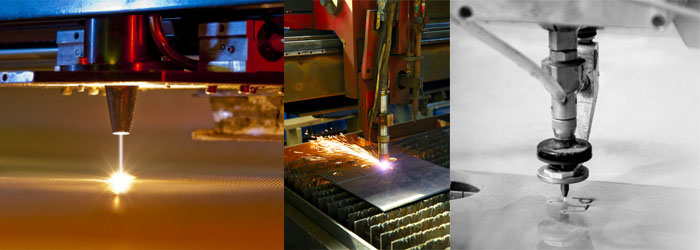Another year has gone by and what better way to end it off than reflecting on the last 12 months. As a specialist engineering company, we work with a wide array of industries and our experience has enabled us to deliver interesting, relevant and informative articles. From engineering and manufacturing to new technologies, defence updates and future combat vehicles, we publish new content every week. After all, you can’t grow unless you learn something new every day.
With Christmas behind us and the focus shifting to the New Year, let’s take a look at some of the PRV Engineering blog highlights from 2018. Most articles focus on PRV Engineering services but we also added a few very interesting developments from around the world.











Recent Comments